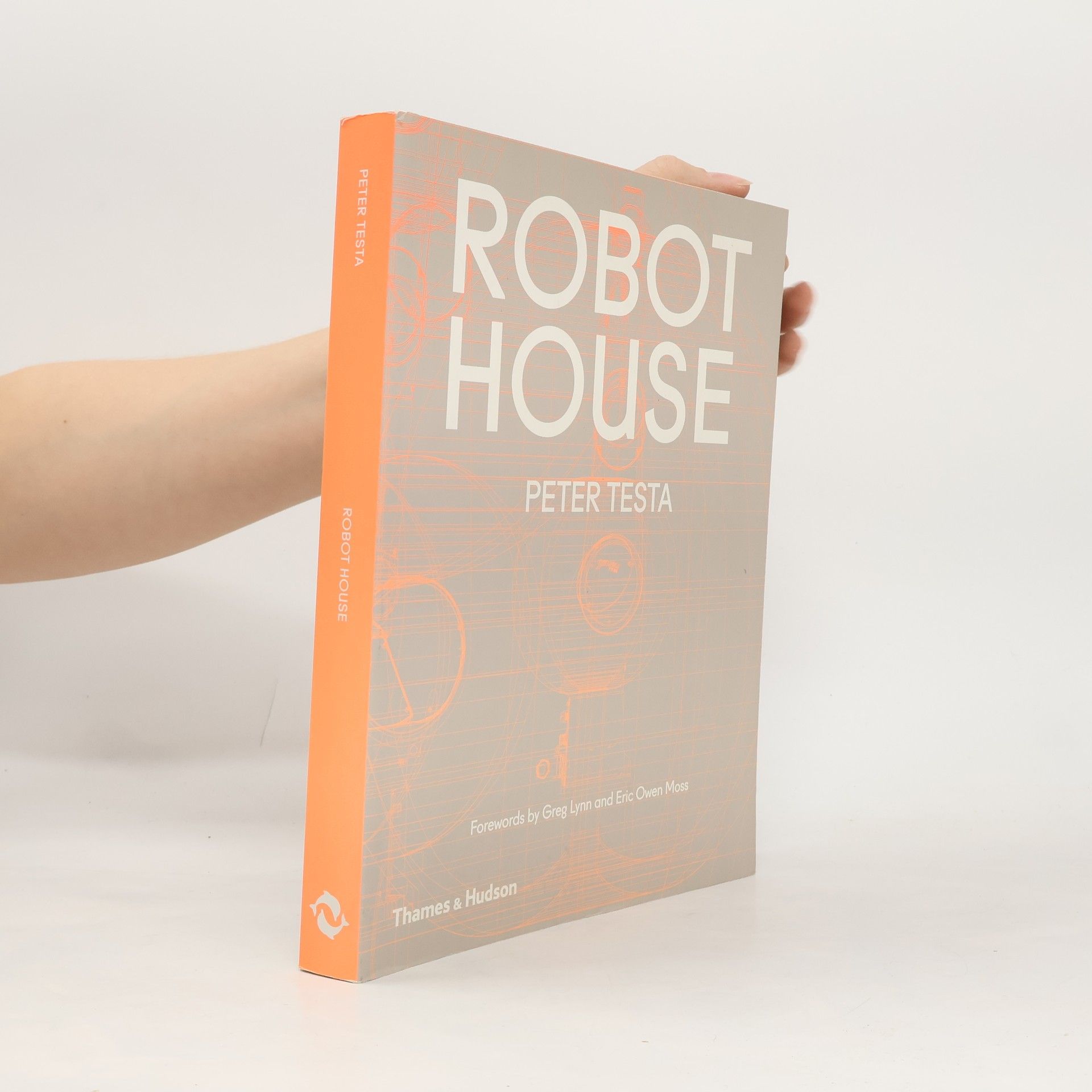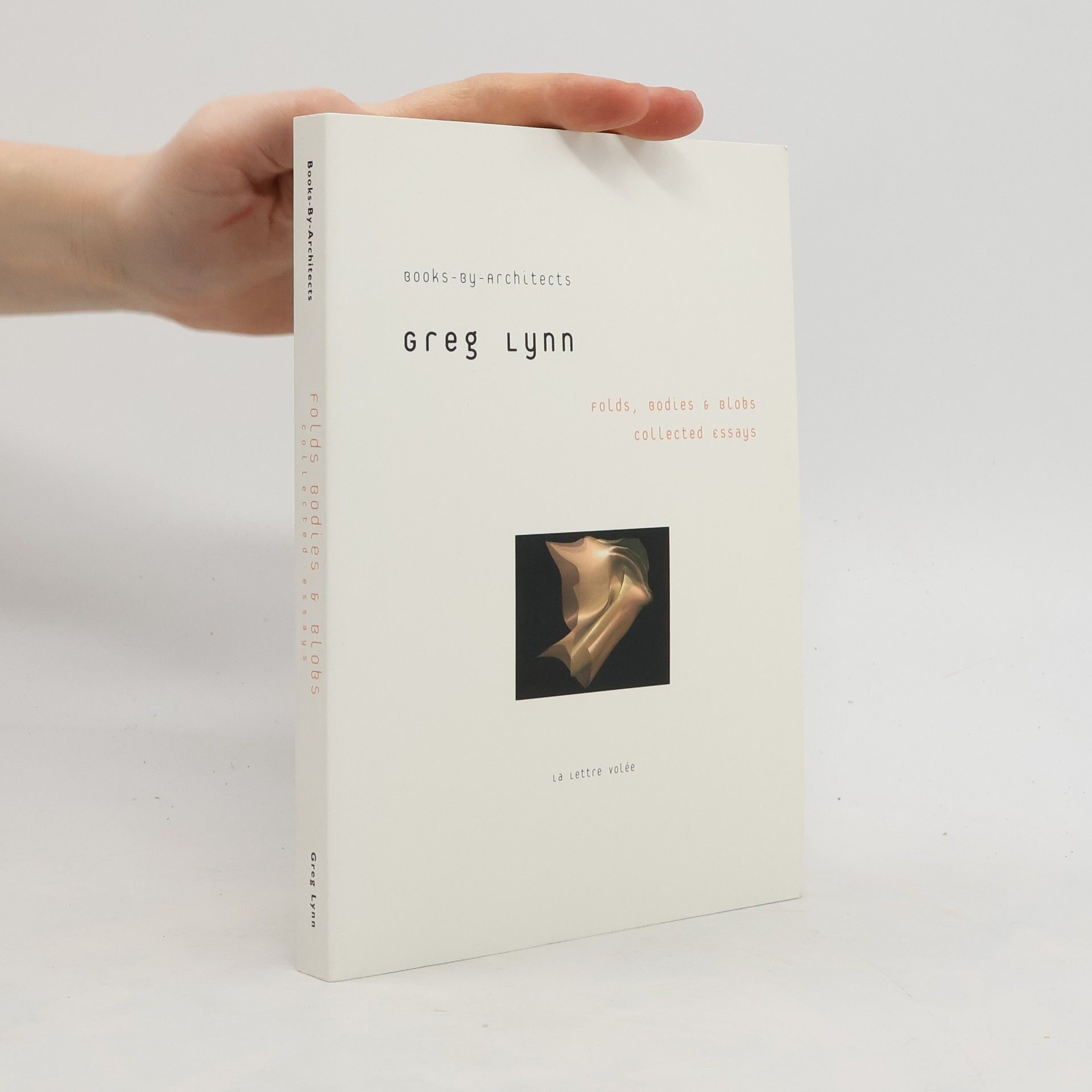Robot House
- 336 pages
- 12 hours of reading
An in-depth survey, manual and manifesto of breathtaking new techniques for designing and building by the leading pioneer of architecture and robotics.



An in-depth survey, manual and manifesto of breathtaking new techniques for designing and building by the leading pioneer of architecture and robotics.
This seminal book from Architectural Design was originally published in 1993, at a time of crucial change and on the eve of the digital revolution. It brought together a series of essays that many believe created the favourable environment in which computer-based design could thrive. Considered one of the most influential architecture publications of the 1990s, this book ranks as a classic and in itself is a crucial chapter of history, though one that has been out of print since 1999. This faithful reprinting includes a substantial new introductory essay by Mario Carpo, Head of the Study Centre at the Canadian Centre for Architecture, which examines the impact of the original texts and their ongoing significance. Thereafter, the book is true to its original content showcasing projects by ground-breaking architects such as Greg Lynn, Jeffrey Kipnis, Bahram Shirdel, Frank Gehry and Philip Johnson.
Greg Lynn is a distinguished teacher (Columbia University New York, and the University of California), writer, and practicing architect. This publication, occasioned by an exhibition of his work at the space "Encore...Bruxelles" collects a series of theoretical texts that have paralleled and influenced his design practice. Its focus on a limited set of issues involving the relationship between geometry and proportional models of the organism seeks to produce a diverse array of concepts.